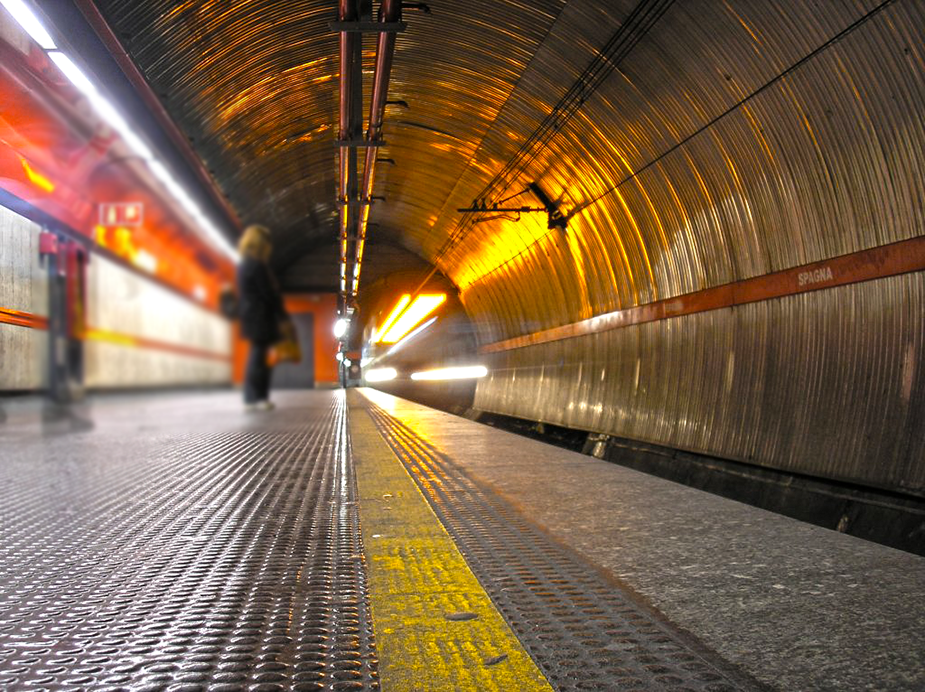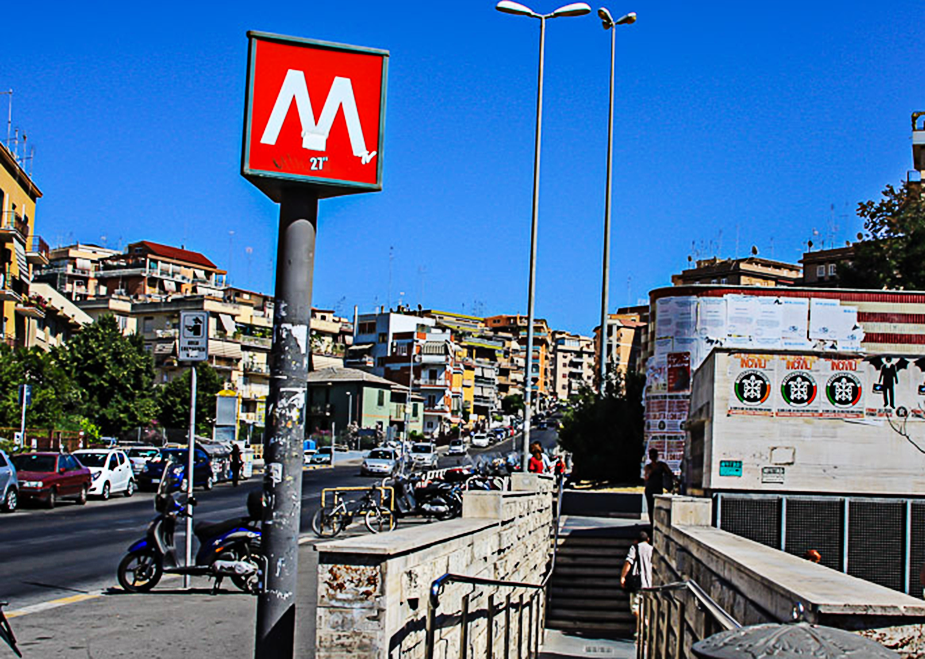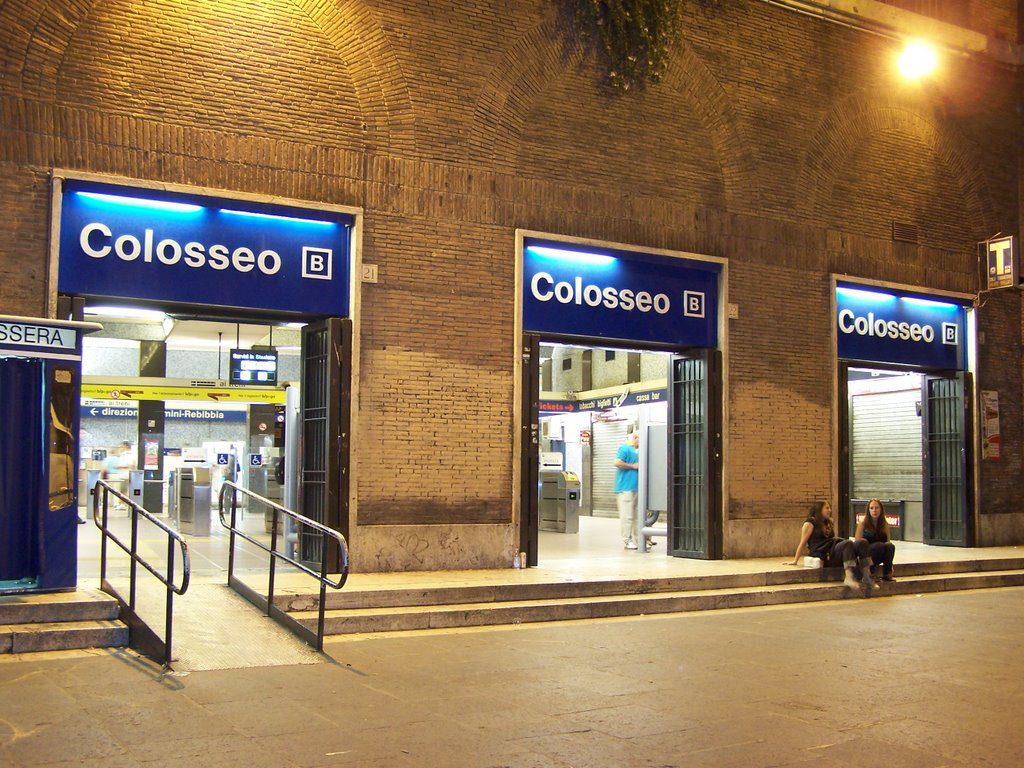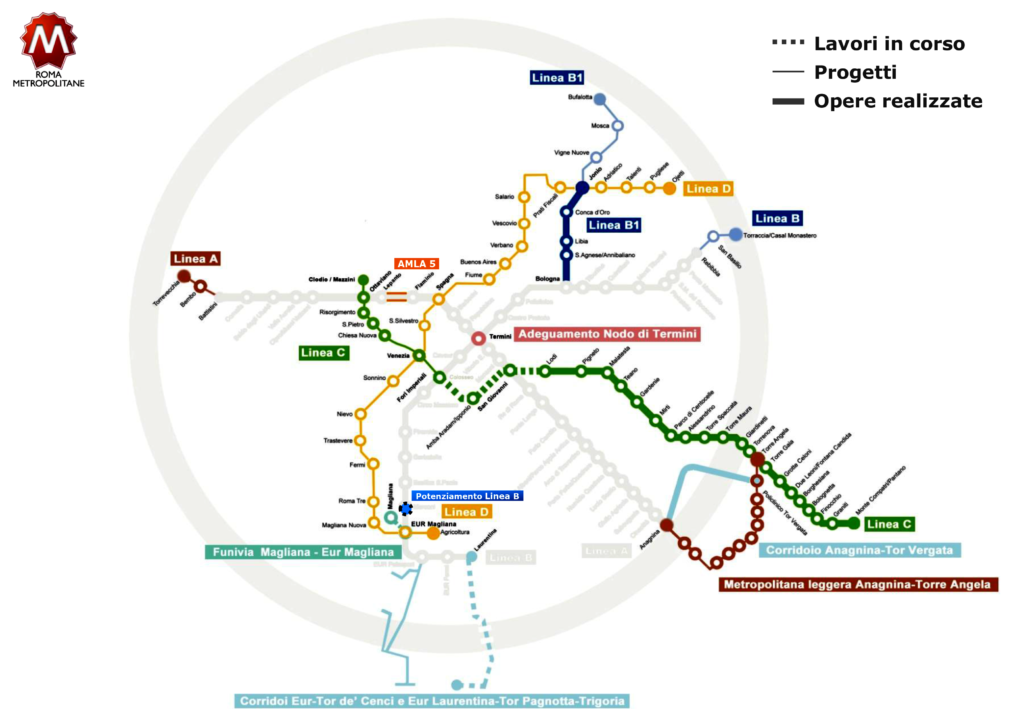Metropolitana di Roma – The Rome Metro Map
The Rome Metro Map
Background information:
Population of the city: 2.87 million
Passenger traffic per day: 675,000
Total Length: 60 km
Number of stations: 74
Number of lines: 3
Start operating: 9 February 1955
The Metro of Rome – When was it accepted for operation?
The public transport system of the capital of modern Italy is quite extended, allowing the numerous tourists easily to reach the Eternal City from the Leonardo da Vinci International Airport – Rome Fiumicino Airport. The Metropolitana di Rome – the metro system of the city is in the base of it. The Roman metro was accepted into service on 9 February 1955. The construction started before the the World War II. Then, in the 30s of the last century, the work was suspended and the tunnels served as the bomb shelters. The construction resumed in 1948.
The conditions in Rome for the metro construction are difficult, not only due to the geological status, but because of the so-called occupation layer – old structures buried under the new streets of the old city. The treasured archeological finds are often during the construction, the archeologists are happy, while metro construction workers are delayed in their progress.

Transportation fare and schedule
The fare for the trip in the Roma Metro is 1.5 Euro. Also the system of the travel privileges exists, including tourist options. Children under 10 ride free.
The waiting time passengers may see at the special electronic boards. Usually the gap between the trains ranges between 3 and 10 minutes, depending on the time period.
The Rome Metro operates from 5:30 to 23:30, on Friday and Saturday until 1:30.
The entrance to the metro of Rome marked with the letter M in the red square

Stations and lines
The metro system of Rome includes 74 stations at 3 lines (A, B and C). In the center of the city the stations are placed underground while in suburbs the majority of the stations are on the surface. Also the railroad Rome – Lido is also officially a part of the metro system. It was opened back in 1924 and connects Rome with one of the most picturesque suburbs Ostia Antica. The only interchange station is Piramide at the line B.
The Line B (blue) was the first to be commissioned for operation, in 1955. The Line A (orange), started operating in 1980, and the Line C (green) – the new line, opened only in 2012. The line C rapidly develops and has some particular difficult sections: the interchange station San Giovanni is planned right next to the famous Colosseum in the close vicinity of the preserved archeological treasures of Rome. The other interchange station with the recently planned line D will be the station Piazza Venezia. At present, there are 21 stations at the line. When finished, the line will be 30 km long and will include 30 stations.

The Colosseo metro station entrance hall. Source: panoramio.it
The new underground stations of the Roman metro have the horizontal lift system, when the platform and the rails are separated by the barrier with the automatic doors. The average distance between stations is 800 m. Each station is equipped with the WC (charged). The interior design is usually quite modest and simple. But hardly the rich decorations underground are needed in the city where the streets themselves are the part of the open-air museum.
Future development
The construction of the line C continues, although due to the constant stops for archeological researches, the pace of the construction is slower than originally planned. The most complicated station San Giovanni is opened, with the architectural heritage of the capital of the Roman Empire being still intact.
Additional articles
Select an article of interest:
Mongolia designs new railway “Bohdan”
March 1, 2022
The construction of largest hydraulic tunnel has begun in Qatar
February 28, 2022
JSC "VO "Mashinoimport" supplied escalators for the Novosibirsk metro
December 22, 2021
Russian city Samara plans to build a metro
December 17, 2021
Tell us about our article to your friends,
sharing a link in a social network
















Comments (0)
I hereby confirm that I am familiar with the privacy policy of
and agree to the processing of personal data. Read more